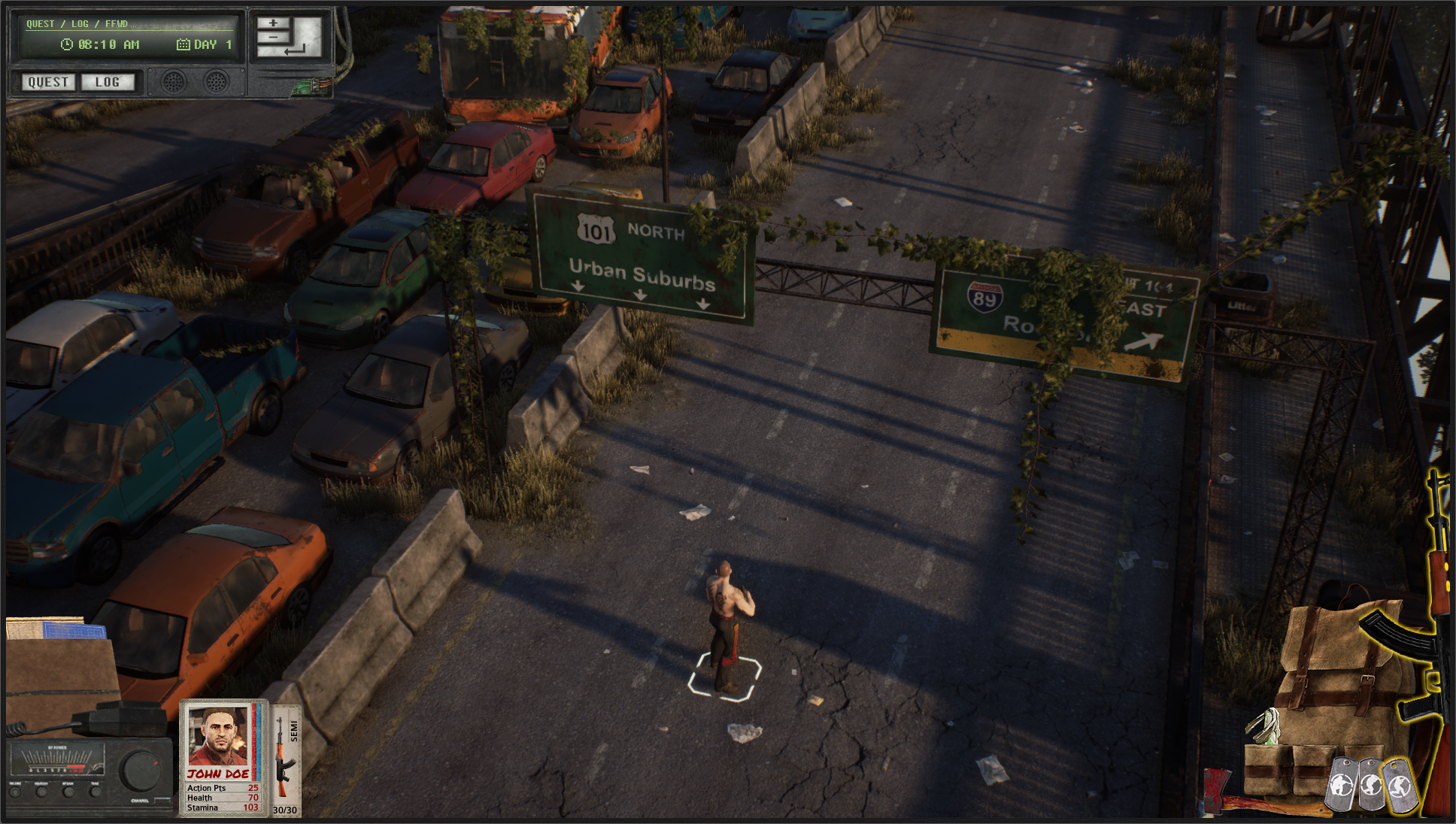
2009), the more human-focused, value-related elements of the cascade are poorly understood, and little information is available from which to model or simulate them for management, scenario planning, or vulnerability analyses (Rieb et al.

Although the step from the biophysical elements of an ecosystem to potential ES is relatively well documented (Naeem et al. Quantifying and modeling this cascade requires that the connections between different elements are understood and, ideally, connected empirically through statistical relationships and equations (Cumming and Maciejewski 2017).

In this context, it is important to understand the differences in how people in urban and rural areas respectively benefit from and value nature, because it seems likely that future impacts on ecosystems will increasingly be dictated by urban dwellers.Ĭurrent conceptual models of the relationships between biophysical environments and human well-being regard ES provision as a sequence, or cascade, in which ecosystems create potential ES that are realized through benefits and use values to influence human well-being (Spangenberg et al. Projections indicate that by 2050, the urban population will have grown from 3.5 to 6 billion people, accounting for two-thirds of the global population (United Nations 2014). Cities have the potential to affect global sustainability (Seto et al. However, the environmental, economic, and social changes associated with urbanization can alter people's relationship with nature and the well-being benefits people obtain from ecosystems-that is, ecosystem services (ES MA 2005). Urban and rural populations ultimately depend both directly and indirectly on ecosystems for their well-being. We also identified two key gaps in the literature that relate to understanding how diverse ES contribute differently to the well-being of rural and urban populations (and the relevance of these differences for environmental education and policy) and the changing roles of ES in developing countries and vulnerable ecosystems, such as small islands, that face pressing environmental, social, and economic challenges. Differences in ES valuation could result from different experiences, uses, and needs for ES of urban and rural dwellers. This research suggests that, although regulating and cultural ES were highly valued by both rural and urban dwellers, urban dwellers tended to value provisioning ES less than rural dwellers did. We reviewed an emerging literature in which sociocultural valuation of ES is compared among urban and rural dwellers. Department of Veteran Affairs (VA) Īlmost 25% of all Veterans in the United States reside in rural communities. VA uses the Rural-Urban Commuting Areas (RUCA) system to define rurality.Urbanization can profoundly alter socioecological relationships, but its influence on how people perceive and value ecosystem services (ES) is poorly understood. Shortage designation identifies an area, population, or facility experiencing a shortage of health care services - find your area designation here as well.

The HRSA definition of rural populations. Department of Health and Human Services, Health Resources and Services Administration (HRSA) into four types – Rural, Town, Suburban, and City, and each type is divided into three subtypes based on population size or proximity to populated areas. NCES classifies all territory in the U.S.

Farms and Agricultural Production Systems.


 0 kommentar(er)
0 kommentar(er)
